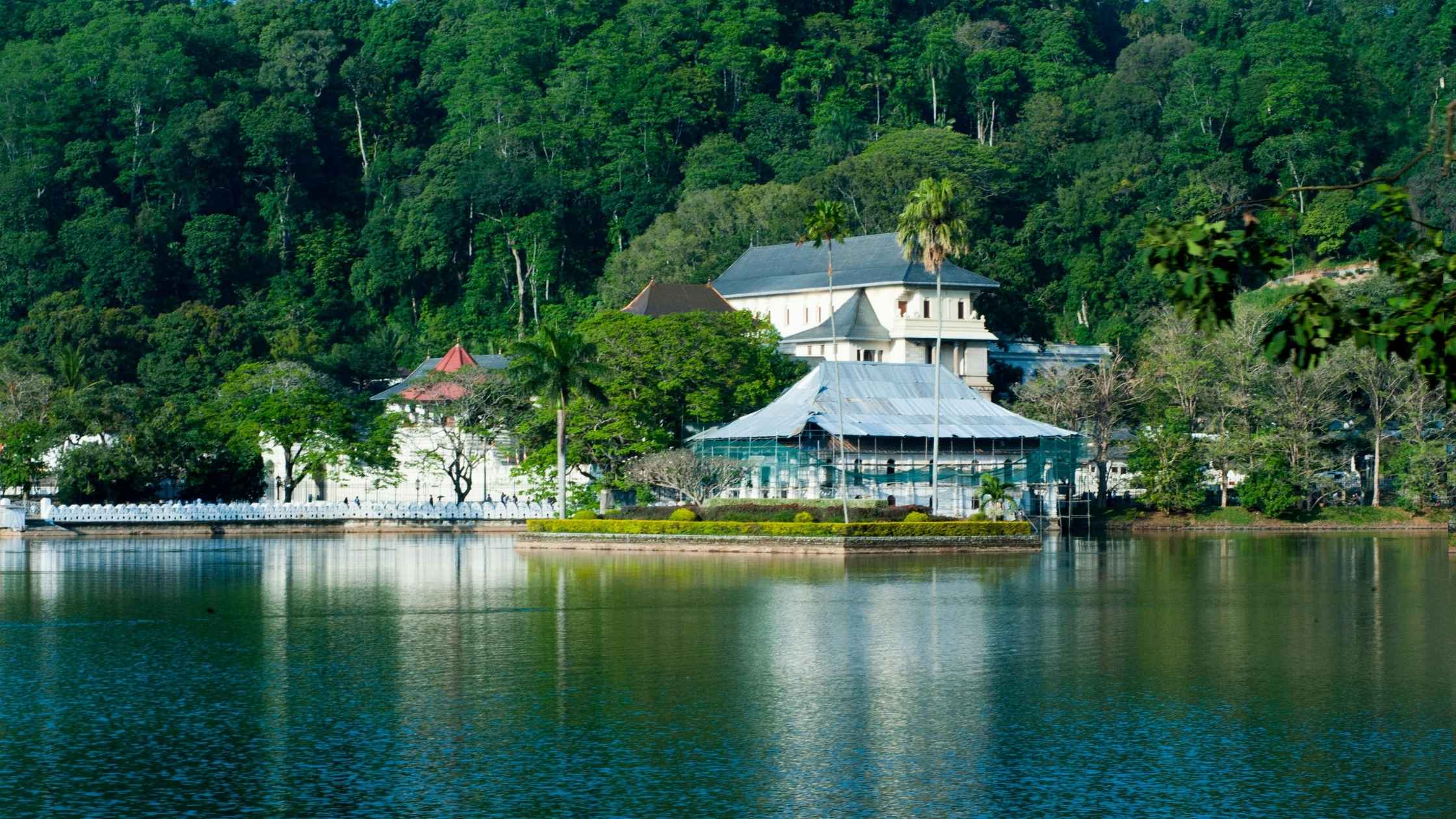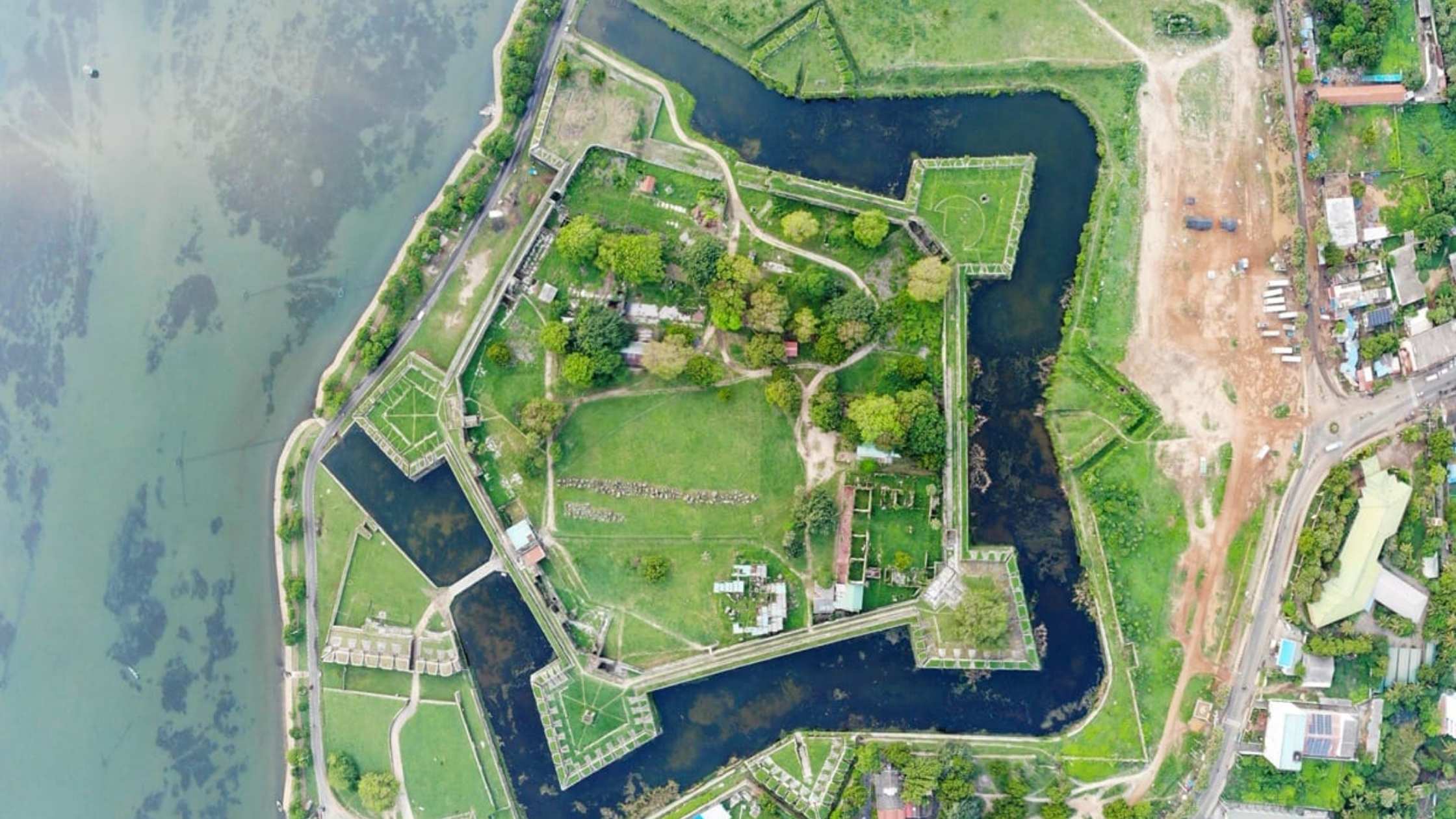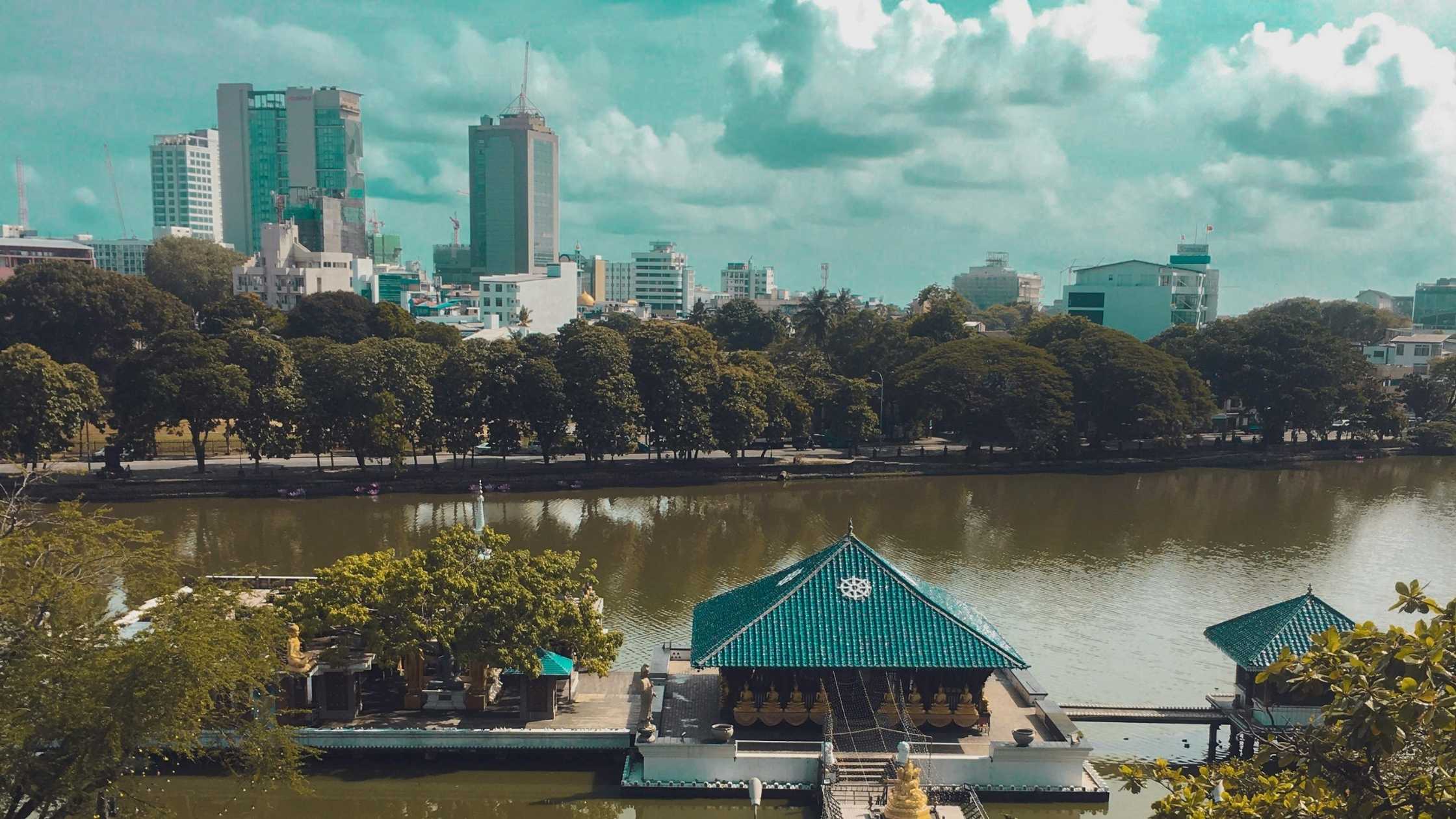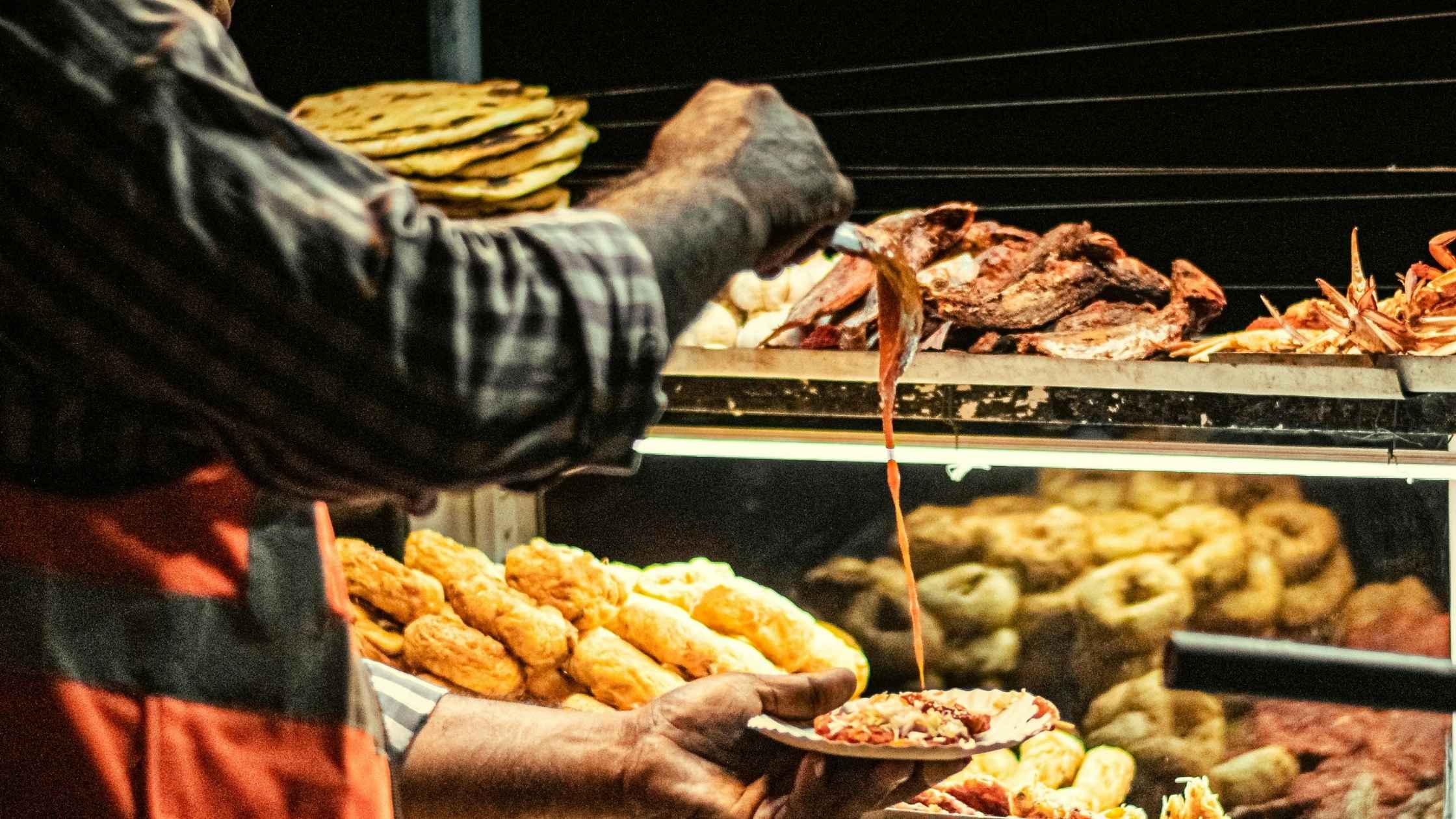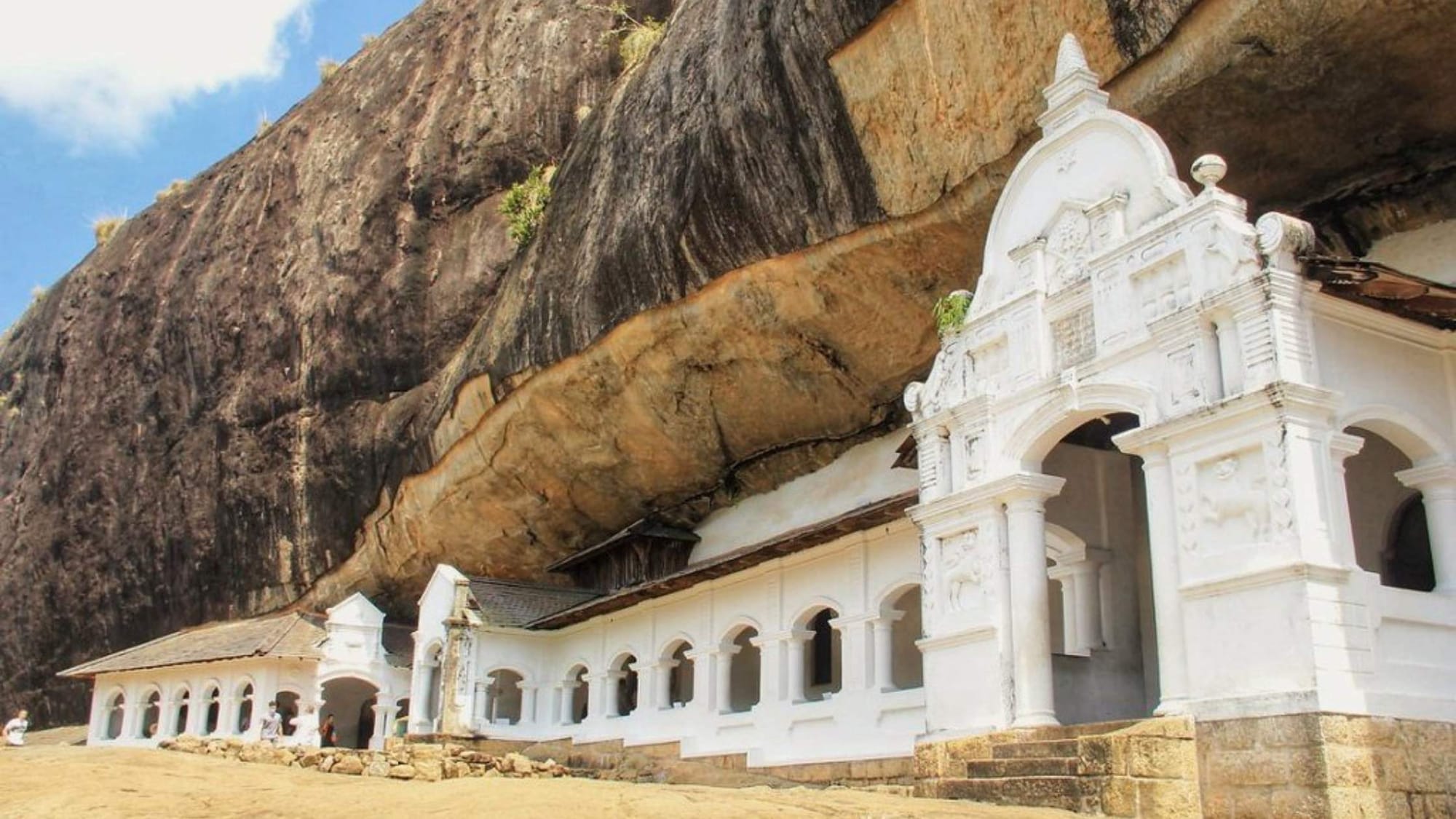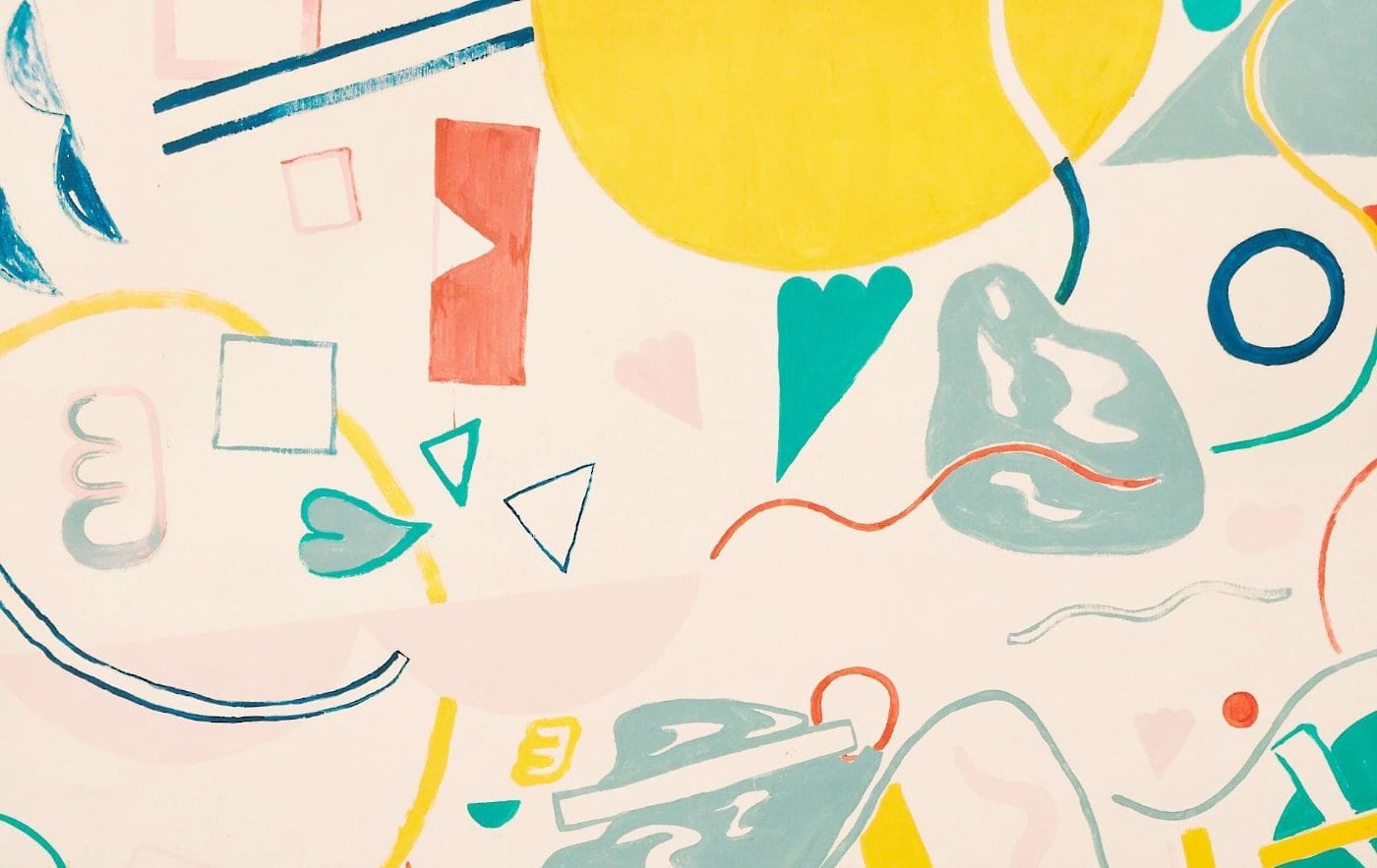This Changed Everything for Me
Just picture this.
You stand on the beach of a foggy lake before dawn. Temple drums echo off the emerald hills. Saffron-robed monks glide past, lotus flowers in their hands, scenting the crisp mountain air.
This is not a film set. This is Tuesday morning in Kandy, Sri Lanka.
And if you think you've ever seen spiritual beauty before, you've seen nothing at all compared to what lies before you in the Temple of the Tooth Relic.
What Motivates Kings to Give Up Their Kingdoms
For over 1,600 years, a tiny relic has held the destiny of an entire nation in its grasp.
It is not gold. It is not some precious gemstone.
It is one tooth. The left top canine of Buddha.
Those ancient kings knew something that many visitors today fail to realize: whoever possesses this tooth possesses the divine right to rule Sri Lanka. Wars were fought for it. Palaces were reduced to ashes for its sake. Dynasties were born and died for it.
That sacred tooth is now in a gold chamber hidden behind the white ramparts of Sri Dalada Maligawa.
You can't gaze directly at it. That is not the intention.
The Harmony You've Been Missing
Walk through those beautifully carved entrance gates and something inside of you relaxes.
Maybe it's the dappled morning light filtering through frescoes that are centuries old. Or maybe it's the chanting of monks, their voices blending with the gentle lapping of lake water on stone stairs.
Your shoulders relax. Your breathing calms.
The world outside with its emails and deadlines and constant din—vanishes.
This is what pilgrims make their way thousands of miles to see. This is why backpackers alter their whole travel itinerary for Kandy.
It isn't just a trip to a temple. It's finding peace you'd forgotten even existed.
Three Times a Day, Magic Occurs
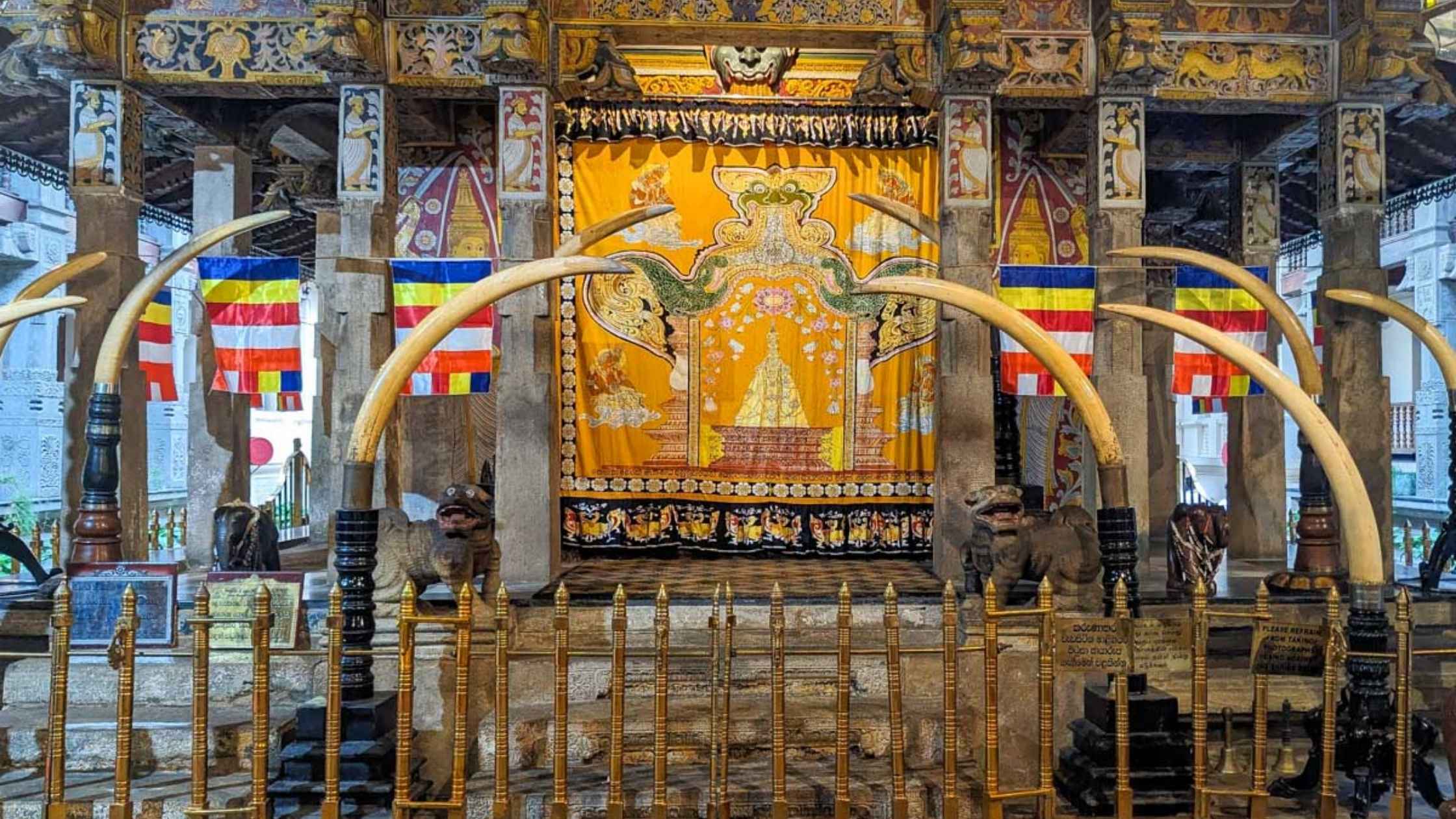
The puja ceremony begins at 5:30 AM.
Kandyan drums resound through the compound. Monks process, carrying silver bowls of flowers and spreading incense. Pilgrims by the dozens press in, their faces lit by oil lanterns that flicker like fireflies.
You needn't be Buddhist to sense the energy in the air.
You don't need to learn the old Pali hymns to be moved by them.
Alongside grandparents who have visited half a dozen times and wide-eyed children on their first trip, something strikes you with a force:
You are a part of all the generations who have stood here these past four centuries.
Outside the Temple Walls
Kandy unfolds slowly, just like a friend revealing secrets.
Stroll by the artificial lake the last Kandyan king constructed in 1807. Street hawkers will offer you chili-salted mango bits that pull your eyes out and chant in your mouth. Colonial structures stand with conventional kandyan architecture, offering you a visual timeline of the island's conflictual past.
Monitor lizards make stealthy entrances into the lake while couples occupy park benches together under shades.
Royal Palace Complex treasures recalling Sri Lanka's royal heritage include arms from ancient wars, ceremonial clothes, and objects that had endured centuries of colonial rule.
What the guidebooks don't tell you: the treasure's not behind museum glass.
It's in the grin of the tuk-tuk driver who won't rest until he has driven you to his secret place. It's in the evening smog that makes the lake magical. It's in the way temple bells peal across the water at sunset, a reminder that there are still some things that are holy in this rapidly evolving world.
When Elephants Dance and Fire Flies
Visit Kandy in July or August and witness something that will haunt your dreams in a good way.
The Esala Perahera transforms the city into a living, breathing carnival of light and sound.
For ten days, Kandy hosts Sri Lanka's most hedonistic cultural festival. Dozens of elephants, draped in silk and LED lights, parade through streets packed with thousands of spectators. Fire dancers spin fire inches from your face. Kandyan dancers, clad in elaborate costumes, leap and spin with almost supernatural precision.
The casket of gold containing the holy tooth relic is carried by the most majestic elephant in the procession.
The sound of old drums and the same rhythms used to proclaim kings and celebrate victories echoes outside colonial buildings and Buddhist monasteries with the same indifference.
Even cynical travel photographers can't help but fall short of describing what Perahera does to your soul.
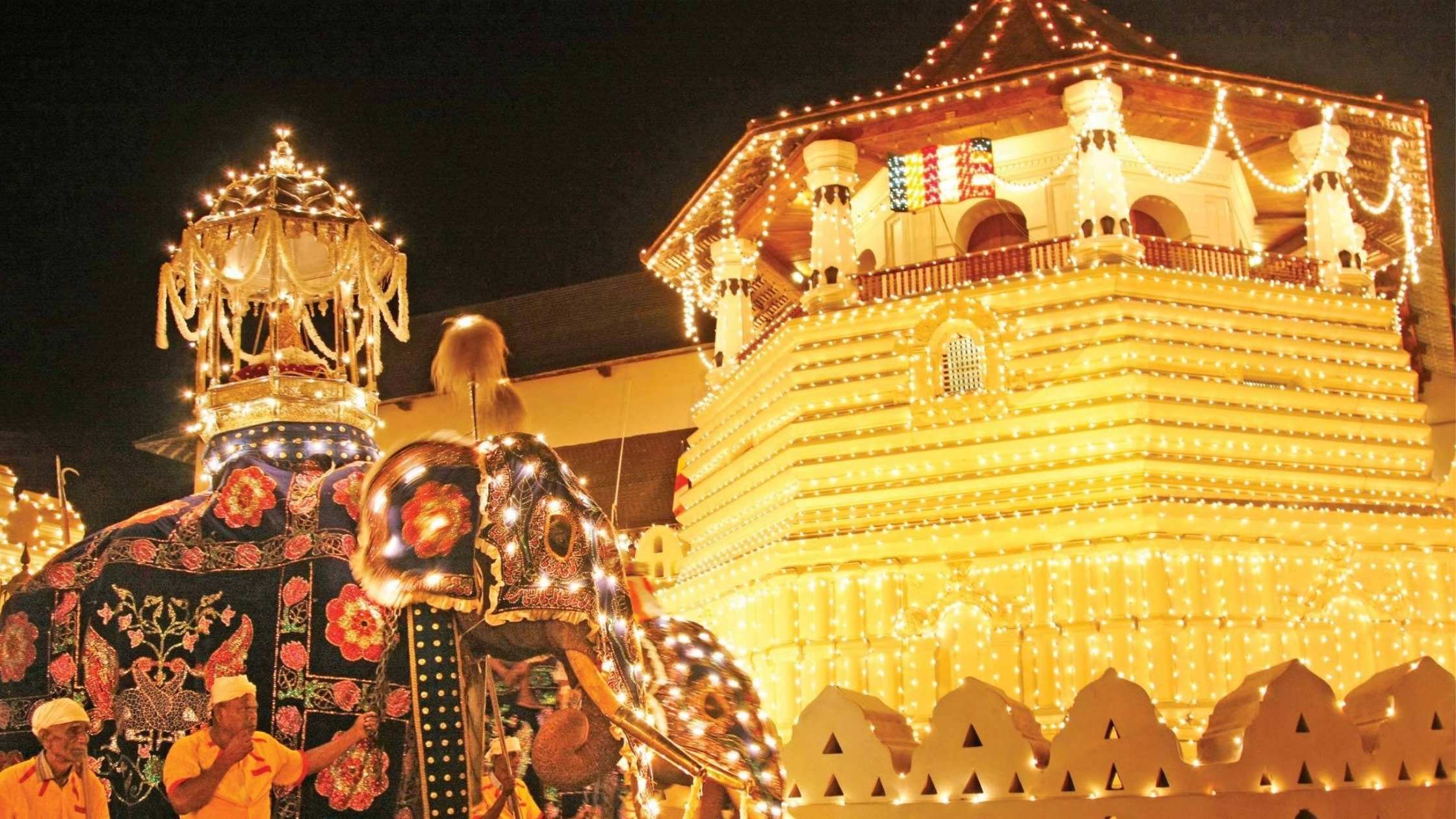
The Reality of Traveling to Sacred Sites
You're probably thinking of the logistics.
Good news: Kandy is accessible to visitors, but it repays those who visit respectfully prepared.
Dress your knees and shoulders. Hats and shoes must be removed before entering. Photography is permissible in most of the areas, but never in the relic chamber—some things must be touched, not photographed.
Come for early morning puja for a more personal experience, or visit at sunset when golden light transforms the lake into liquid metal.
The Royal Botanical Gardens at Peradeniya, a bus ride of slightly more than an hour from Kandy, provide 147 acres of orchids, giant bamboo, and palms older than your grandparents' grandparents.
And one last tip: take it easy.
Kandy opens up to you only if you stay long enough to feel its pulse. Stay for at least two nights. Three if you truly want to understand why this city has captivated human beings for over a thousand years.
Why This Means More Than You Think
Travel changes you.
But pilgrim travel, travel that directly confronts you with the highest spiritual traditions of humanity, makes you over for the years and decades that follow.
Standing in the Temple of the Tooth Relic amidst centuries of reverence and architectural excellence, you realize there are some things that cannot be reduced to Instagram photos or captured in travel blog byte-sizes.
This is what it feels like to be connected. To something greater than yourself. To the traditions that survived colonialism, civil war, and the frenetic rush of modernization.
To that something in the human experience which continues to believe in magic.
Kandy is not another site on your Sri Lankan itinerary.
It's where you recall why you ever started traveling at all.
The sacred tooth that changed the fate of the kings is concealed behind gold doors, protected by centuries of religiosity and faith.
The question is not whether you have time for Kandy.
The question is whether you can afford to miss it.

Location - https://maps.app.goo.gl/TJeDC7CuDYyHvpK7A


